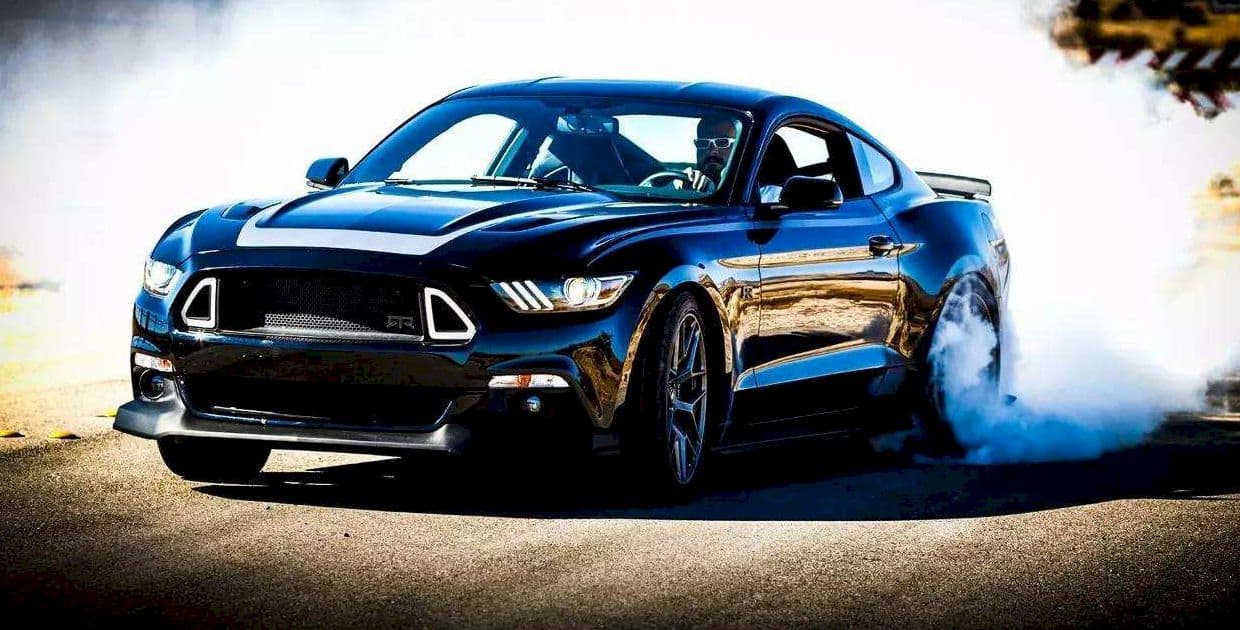When you see white smoke from exhaust upon starting your car, don’t panic. It’s common on most of today’s automobiles – and for the most part, the reason is cold temperature.
In both cases, the white smoke is just steam, which is water vapor that has accumulated in the exhaust system, and heat is changing it to steam. When the engine is fully warmed and you see the smoke dissipating, you know it’s only steam.
Problematic Smoke
Smoke that isn’t really white – black or gray – is from burning oil. If you check the tailpipe, you will notice black residue forming on it. If there is a small amount, you can ignore it.
But, when it happens frequently and you are forced to add over a quart of oil every 2000 miles or so, then the engine is worn-out, and then you have to think about your next steps.
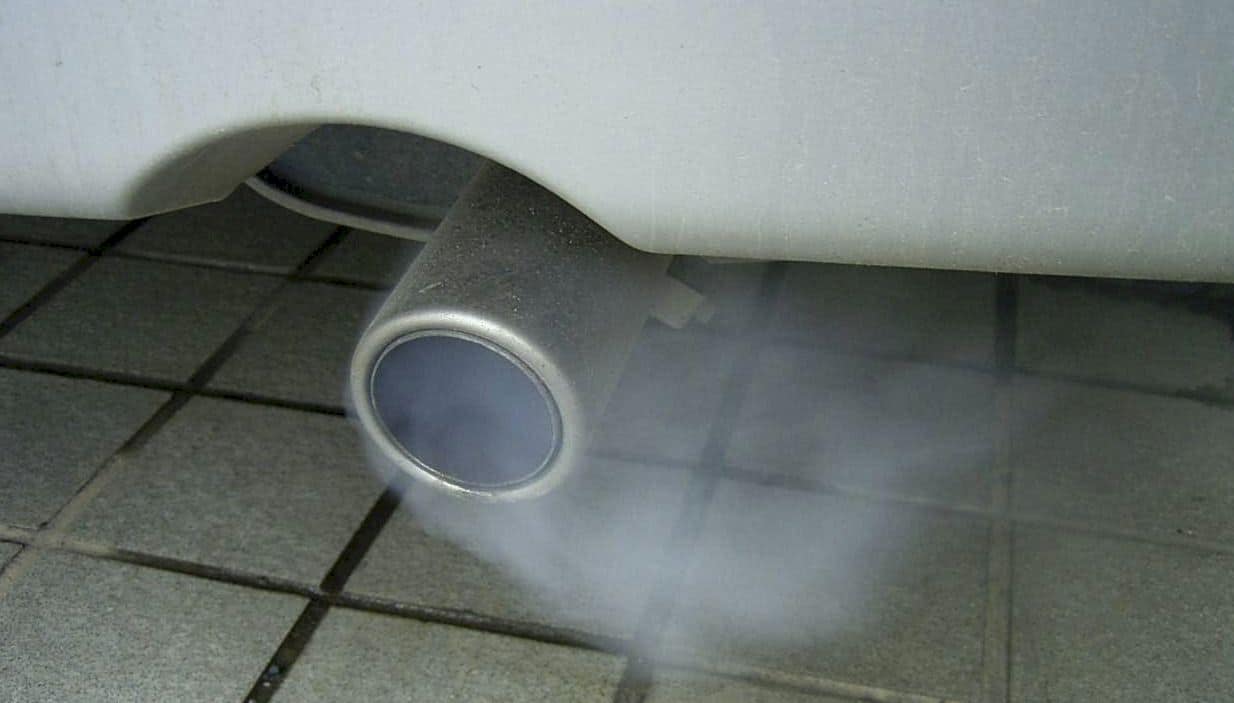
Rebuilding an engine is a process that includes assessment and cleaning of the short block, piston or bearings replacement, in addition to cylinder reconditioning to restore the engine to its top shape.
What’s Causing the White Smoke When Starting?
While you’re thinking about how you’d go about the car in its condition, you might want to check first if you can salvage it by eliminating the cause of the white smoke on startup.
1. Blown Head Gasket
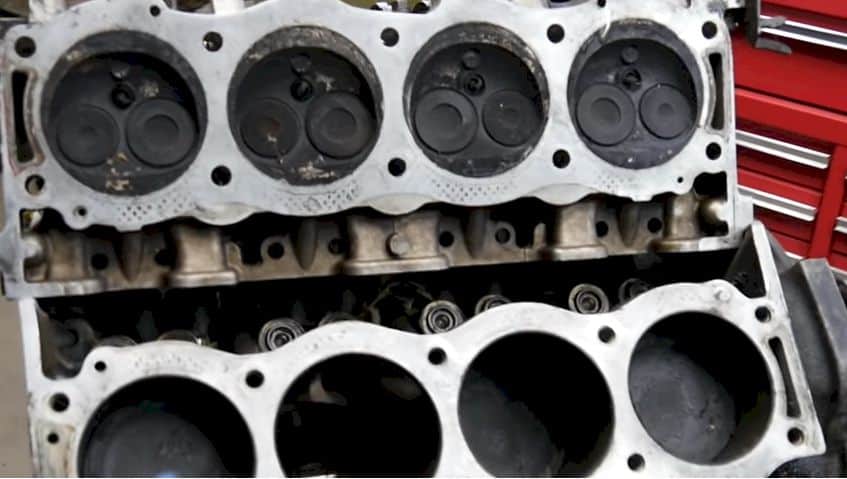
The usual cause is vaporized coolant, which oftentimes is the result of a blown head gasket.
To give you a picture of what can be happening, here it is. You have the engine, which has cylinders inside. The cylinders function as the combusting agent of gasoline and air.
All around these cylinders are compartments where the coolant passes through to keep the cylinders from overheating. If everything is alright, the coolant stays in its place without seeping into one or more of the cylinders after the engine is turned off.
However, when a breach happens, like a blown head gasket, the coolant leaks into the place of the cylinders and get combusted there when you start the engine. That’s where the white smoke you’re seeing is coming from.
2. Bad EGR Cooler
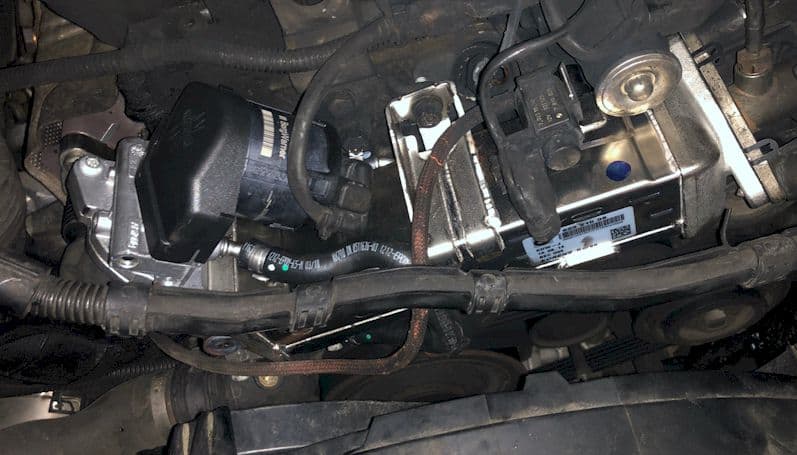
The first thing to suspect if you notice that the smoke that’s coming out smells sweet is the possibility of the EGR cooler being cracked. This is a case where the coolant becomes condensed.
Get a mechanic to inspect that part, because if it is indeed cracked, there is no other course to take but to replace it. You can use a coolant leak tester for checking coolant leakage.
Read Next: Bad EGR Valve Symptoms
3. Faulty Coolant Container
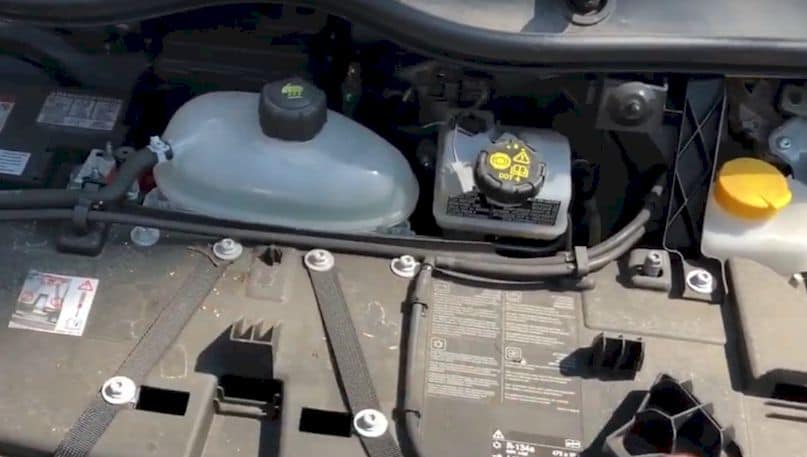
It’s very rare that this case happens, but you also have to check that possibility to rule out other causes for the white smoke on startup then disappears. Take note though that a faulty coolant container causes smoke to come from the engine, not from the exhaust pipe.
4. Oil Leakage
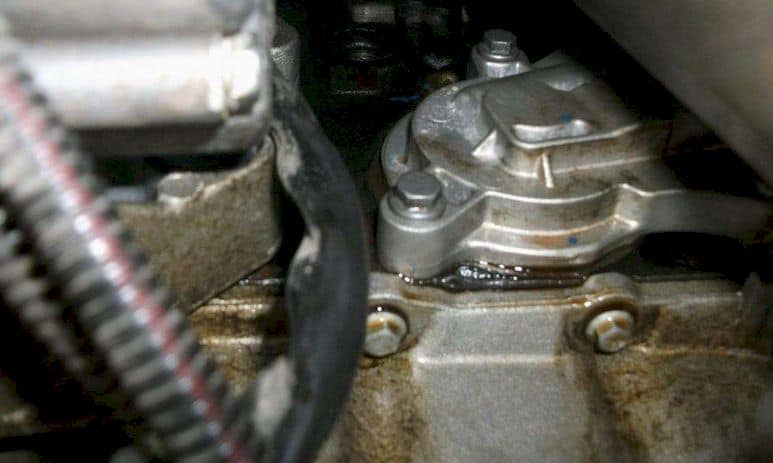
A faulty valve or piston will cause the oil to leak into the combustion chamber and be burnt together with fuel. With the burning of the mixture, however, blue smoke, instead of whitish, is released. The problem with this is that your engine will be subject to faster wear and tear as there is not enough oil for lubrication.
5. Faulty Fuel Injectors
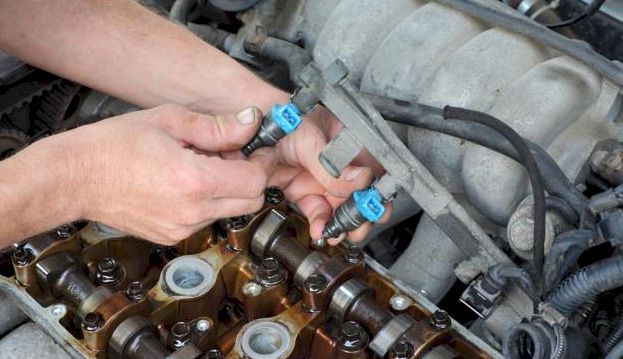
Fuel injectors are there to provide the engine with a sufficient amount of fuel. When injectors are damaged, and fuel supply is insufficient, your car will over-burn the fuel, resulting in gray, dense smoke.
The fuel injectors in your vehicle work as fuel spray, and they spray fuel into the car's engine cylinders.
Reminder:
While the engine is hot, do not attempt to remove the coolant reservoir cap. It can cause serious injury as it can burn your skin. Always make sure the engine has cooled down completely first before inspecting your system for damage.
Coolant Maintenance Is Important
Dirty coolant, a poorly maintained cooling system, a low level of coolant, or a poorly functioning cooling fan can cause the engine to overheat. Over time, engine wear can cause the gaskets to lose their ability to properly seal, causing coolant loss.
For a coolant level check, know if the coolant reservoir is at the right level. If it is at the proper level, but too much white exhaust smoke is observed, the car needs to be checked for cooling system pressure to determine where leaks can be located, if there are any.
How to Fix White Smoke from Exhaust
Intake Gasket
This is the gasket sealing the manifold to the head. If this is damaged, your coolant will get into the combustion chamber. Check for rust or leak.
Head Gasket
If this part is damaged, the coolant will flow into the cylinders.
Cylinder Head
This part is susceptible to breakage under high temperatures. Its importance lies in the fact that it functions as the connector between the head gasket and the engine block. If this part is compromised, the mechanic will most probably render it unrepairable and must be replaced.
Read Next: How to Fix an Exhaust Leak
Conclusion
It's common to see white exhaust smoke when starting a car, specifically on cooler days. That's normal because it is only steam in most cases. If excessive exhaust smoke is produced even after engine warm-up, it is best to have an expert check the car for coolant leaks. Even minimal amounts of coolant leak can produce white smoke.
Other places to check when assessing the cause of the problem are:
For questions, feel free to comment them below.
Resources:
https://en.wikipedia.org/wiki/Exhaust_gas_recirculation
https://www.sandiegouniontribune.com/cars/sd-ad-au-1007-click-20170925-story.html
https://www.ms-motorservice.com/en/technipedia/post/creeping-coolant-loss/
Enter your text here...
Simon graduated with a Mechanical and Electrical Engineering Degree. He has over 20 years of servicing experience in both Japanese and German car dealerships. He now acts as a freelance mechanic’s instructor for local schools.
